A personal information form is a document that is used to collect and store data about an individual’s personal details, such as name, address, contact information, and other relevant details. These forms are used for a variety of purposes, such as employee onboarding, credit applications, and medical records, and are critical for accurately identifying and keeping track of individuals. This article will provide a comprehensive guide on personal information forms, including tips on how to complete them accurately and securely.
Table of Contents
Why do you need personal information form in business?

Personal information forms are commonly used in business for various reasons, including:
Employee onboarding: Personal information forms are used to gather important details about new hires, such as their name, address, and emergency contact information.
Customer or client data management: Companies often use personal information forms to collect and store data about their customers or clients for marketing and customer service purposes.
Background checks: Some companies use personal information forms to conduct background checks on potential hires or customers.
Compliance: Certain industries, such as finance and healthcare, are subject to strict regulations that require the collection and storage of personal information.
Record keeping: Personal information forms provide a centralized and organized way for companies to keep track of important details about their employees, customers, and clients.
Overall, personal information forms play a crucial role in helping businesses accurately identify and manage their stakeholders.
Personal Information Form Templates
“Personal Information Form Templates” are comprehensive documents designed to collect and organize essential personal details of individuals. These templates serve as valuable tools for various purposes, including employment applications, enrollment processes, or client onboarding.
Personal information forms are used to gather vital information about individuals, ensuring accurate record-keeping and facilitating efficient communication. These forms typically include sections to collect details such as name, contact information, address, date of birth, education history, work experience, emergency contacts, and other pertinent information specific to the purpose of the form.
Personal information form templates offer a structured and standardized format to capture consistent information from individuals. They are often created by human resources professionals, administrators, or organizations aiming to streamline data collection processes and maintain accurate records.
Importance Of Personal Information Form
Personal information forms are important for several reasons:
Accurate identification: Personal information forms ensure that individuals are accurately identified and their details are properly recorded.
Compliance: Certain industries, such as finance and healthcare, are subject to strict regulations that require the collection and storage of personal information. Personal information forms help companies meet these regulatory requirements.
Record keeping: Personal information forms provide a centralized and organized way for companies to keep track of important details about their employees, customers, and clients.
Improved communication: By having accurate and up-to-date personal information, companies can improve their communication with employees, customers, and clients.
Customer experience: Personal information forms can also improve the customer experience by providing companies with the information they need to tailor their products and services to the needs and preferences of their customers.
Security: Personal information forms help to protect sensitive information by ensuring that it is collected and stored securely.
Data analysis: Personal information forms provide companies with a wealth of information that can be used for data analysis and decision making. By collecting and analyzing data about their employees, customers, and clients, companies can gain valuable insights into their business operations and make informed decisions.
Efficient processes: Personal information forms can help streamline and automate various business processes, such as employee onboarding and customer service. By having all the necessary information in one place, companies can quickly access and use the information they need to complete tasks more efficiently.
Data accuracy: Personal information forms help to ensure the accuracy of data by providing clear instructions on how the information should be collected and stored. This can help to minimize errors and improve the overall quality of the data.
Data privacy: Personal information forms help companies to protect the privacy of individuals by clearly stating how their personal information will be used and who will have access to it. By giving individuals control over their personal information, companies can build trust and credibility with their stakeholders.
Overall, personal information forms are an essential tool for companies to accurately identify, manage, and protect the personal information of their stakeholders.
What to include in an employee information form?
An employee information form typically includes the following information:
Personal details: Name, address, phone number, email address, and other contact information.
Demographic information: Date of birth, gender, nationality, and other demographic details.
Employment information: Job title, start date, salary, and other employment details.
Education and qualifications: Educational background, certifications, and other relevant qualifications.
Emergency contact information: Name, relationship, and contact information for a designated emergency contact.
Tax information: Social security number, tax exemptions, and other tax-related details.
Benefit information: Health insurance, retirement benefits, and other employment benefits.
Signature: A signature line to confirm that the employee has reviewed and agreed to the information provided.
This list is not exhaustive, and the specific information that is included in an employee information form may vary depending on the needs of the organization. However, these are the most common items that are included in an employee information form.
How to make a personal information form?
Here are the steps to create a personal information form:
Determine the purpose of the form: Determine why you need a personal information form and what information you need to collect. This will help you determine what information should be included on the form.
Choose a format: Decide on the format of the form. It can be a physical form, an electronic form, or a combination of both.
List the information to be collected: Write down the information that you need to collect, such as name, address, contact information, and other relevant details.
Decide on the layout: Choose a layout that is clear, easy to read, and aesthetically pleasing. Make sure that the form is well-organized and that the information is grouped logically.
Use clear and concise language: Use language that is easy to understand and free from jargon. Make sure that the instructions for completing the form are clear and concise.
Add a signature line: Include a signature line for the individual to sign, confirming that the information provided is accurate and that they agree to the terms and conditions outlined in the form.
Test the form: Test the form to make sure that it works as intended and that the information is being collected accurately.
Review and update: Regularly review and update the form to ensure that it remains relevant and that it meets the changing needs of your organization.
By following these steps, you can create a professional and effective personal information form that accurately collects the information you need.
How do I fill out employee information form?
Here are the steps to fill out an employee information form:
Read the instructions: Make sure you understand the instructions and what information is required on the form.
Complete the personal details section: Provide your full name, address, phone number, email address, and other contact information.
Fill in the demographic information: Provide your date of birth, gender, nationality, and other demographic details.
Enter your employment details: Provide your job title, start date, salary, and other employment information.
Provide education and qualifications: List your educational background, certifications, and other relevant qualifications.
List your emergency contact information: Provide the name, relationship, and contact information for a designated emergency contact.
Complete the tax information section: Provide your social security number, tax exemptions, and other tax-related details.
List your benefits information: Provide information about your health insurance, retirement benefits, and other employment benefits.
Sign the form: Review the form to make sure all the information is correct and sign the signature line to confirm that the information provided is accurate.
Make sure to carefully read and follow the instructions on the form, and to provide accurate and up-to-date information. Filling out an employee information form correctly is important for maintaining accurate records and ensuring that you receive the benefits and services you are entitled to as an employee.
FAQs
Who uses a personal information form?
Personal information forms can be used by a variety of organizations, including businesses, government agencies, and non-profit organizations.
Is the information collected on a personal information form confidential?
The confidentiality of the information collected on a personal information form depends on the organization that is collecting the information and the laws that apply to that organization. In general, personal information is considered confidential and should only be used for the purpose for which it was collected.
What happens if I do not provide all the information requested on a personal information form?
Failing to provide all the information requested on a personal information form can result in the form being returned or rejected. This may delay the processing of your application or prevent you from receiving the benefits or services you are seeking.
Who should I contact if I have questions about a personal information form?
If you have questions about a personal information form, you should contact the organization that provided the form or the individual who requested that you complete the form.
Can I update the information on my personal information form after I have submitted it?
Yes, you can update the information on your personal information form after you have submitted it. You should contact the organization that collected the information and request that the form be updated.
Can I request a copy of the information that has been collected on my personal information form?
Yes, you can request a copy of the information that has been collected on your personal information form. You should contact the organization that collected the information and make the request in writing.
What should I do if I believe that the information on my personal information form is inaccurate?
If you believe that the information on your personal information form is inaccurate, you should contact the organization that collected the information and request that it be corrected.
How long is the information on my personal information form kept?
The length of time that the information on your personal information form is kept depends on the organization that collected the information and the laws that apply to that organization. In general, personal information is kept for as long as it is needed for the purpose for which it was collected, and then it is either destroyed or stored in accordance with data retention policies.
Is there a penalty for providing false information on a personal information form?
Yes, there may be a penalty for providing false information on a personal information form. This may include fines, imprisonment, or other penalties, depending on the laws that apply to the organization that collected the information and the seriousness of the false information provided.
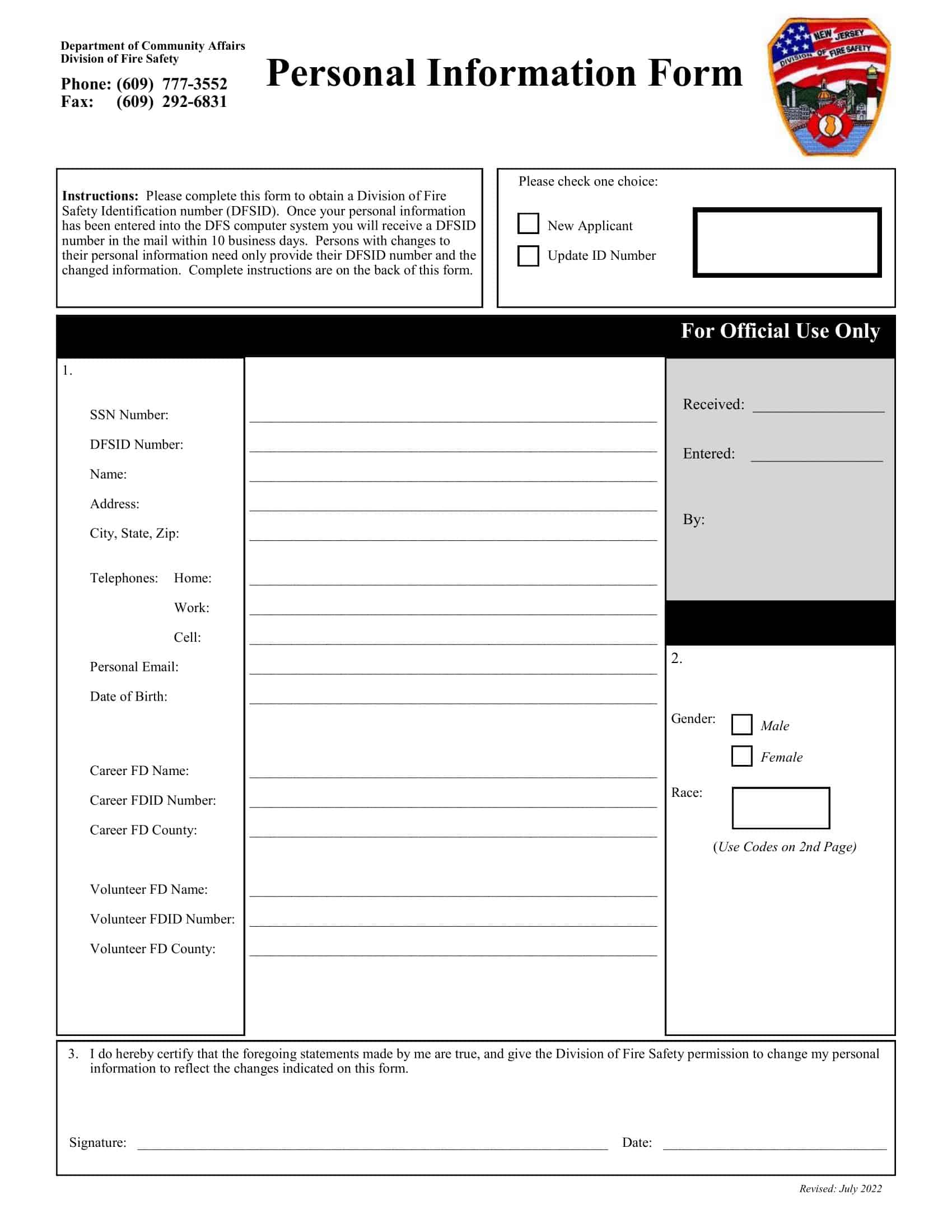
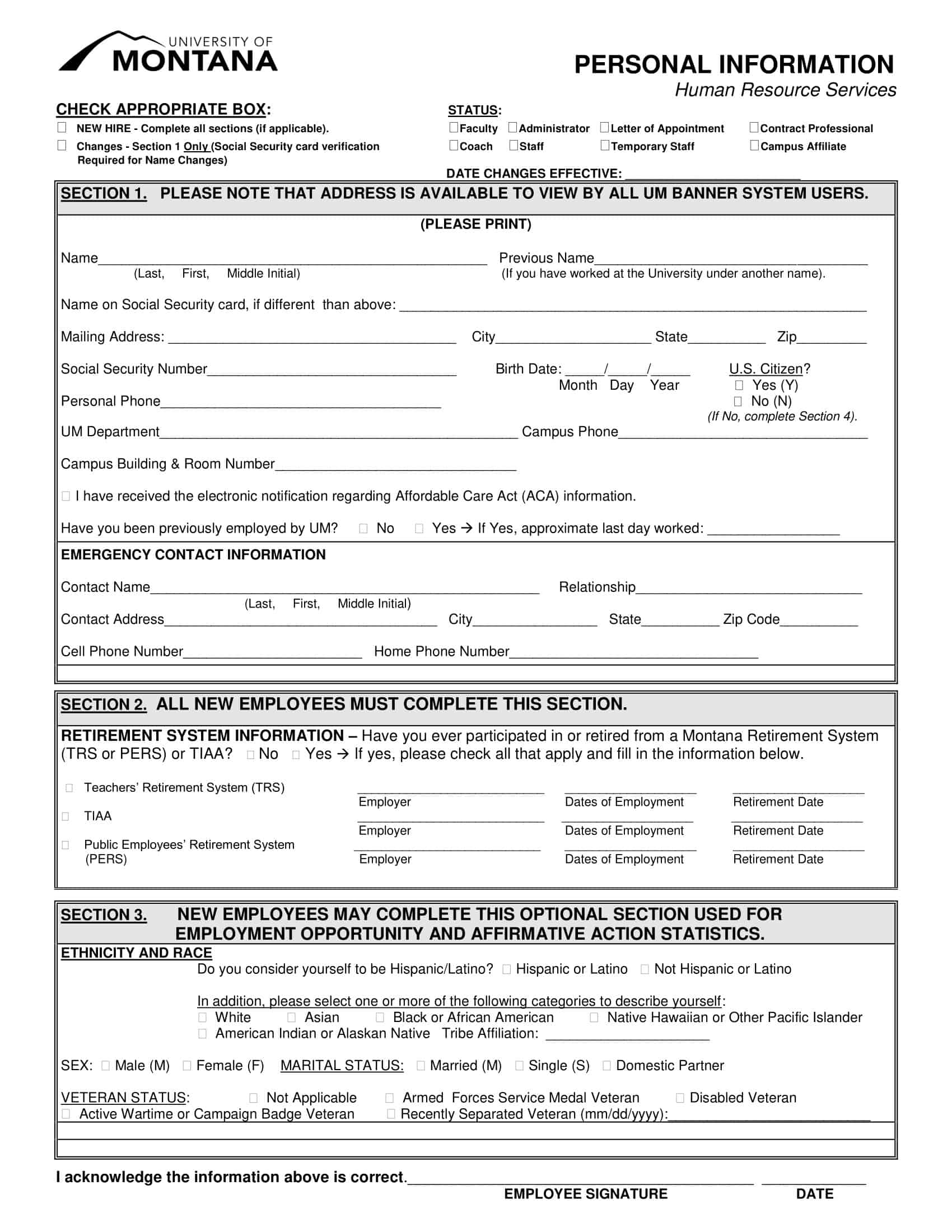


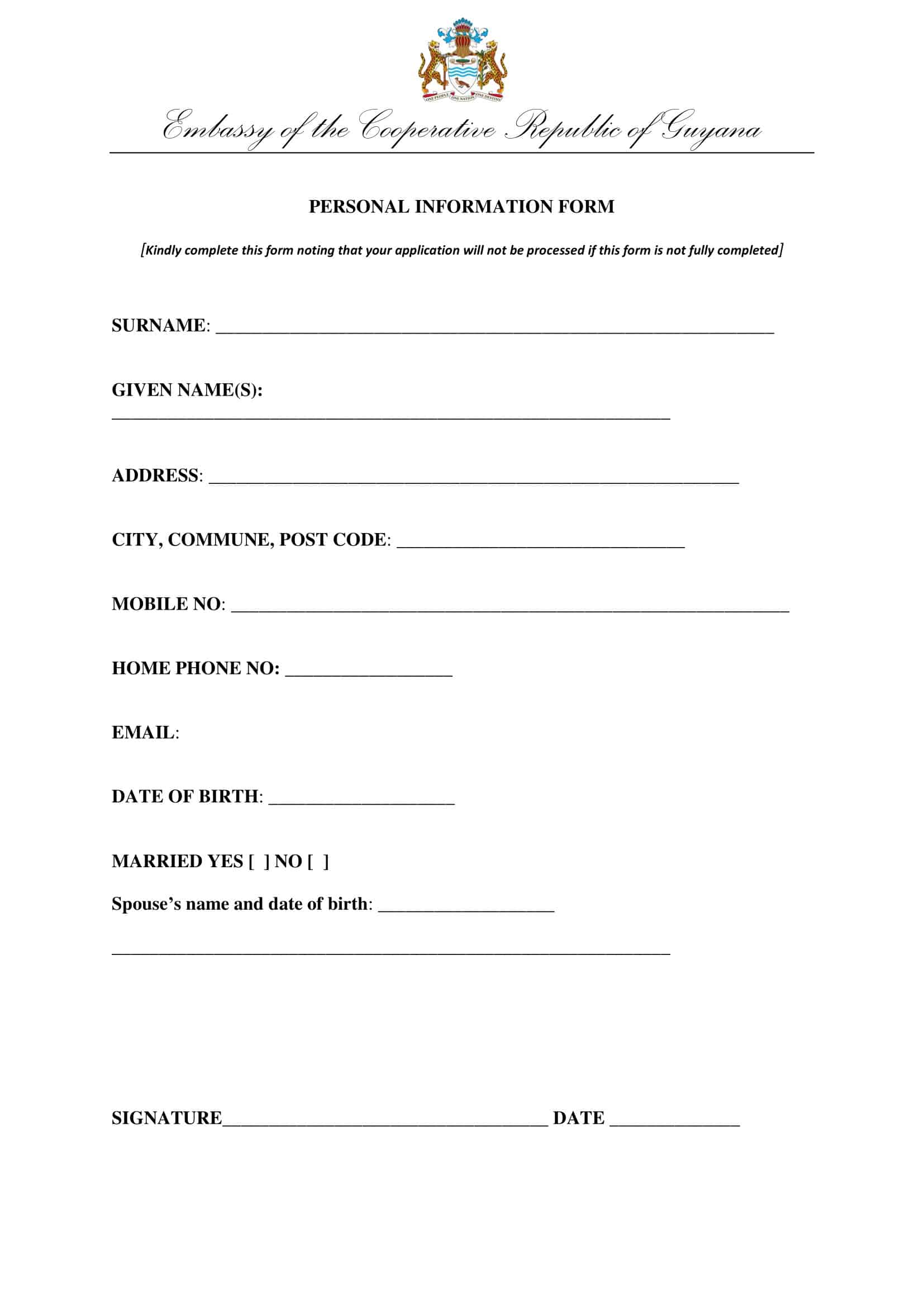
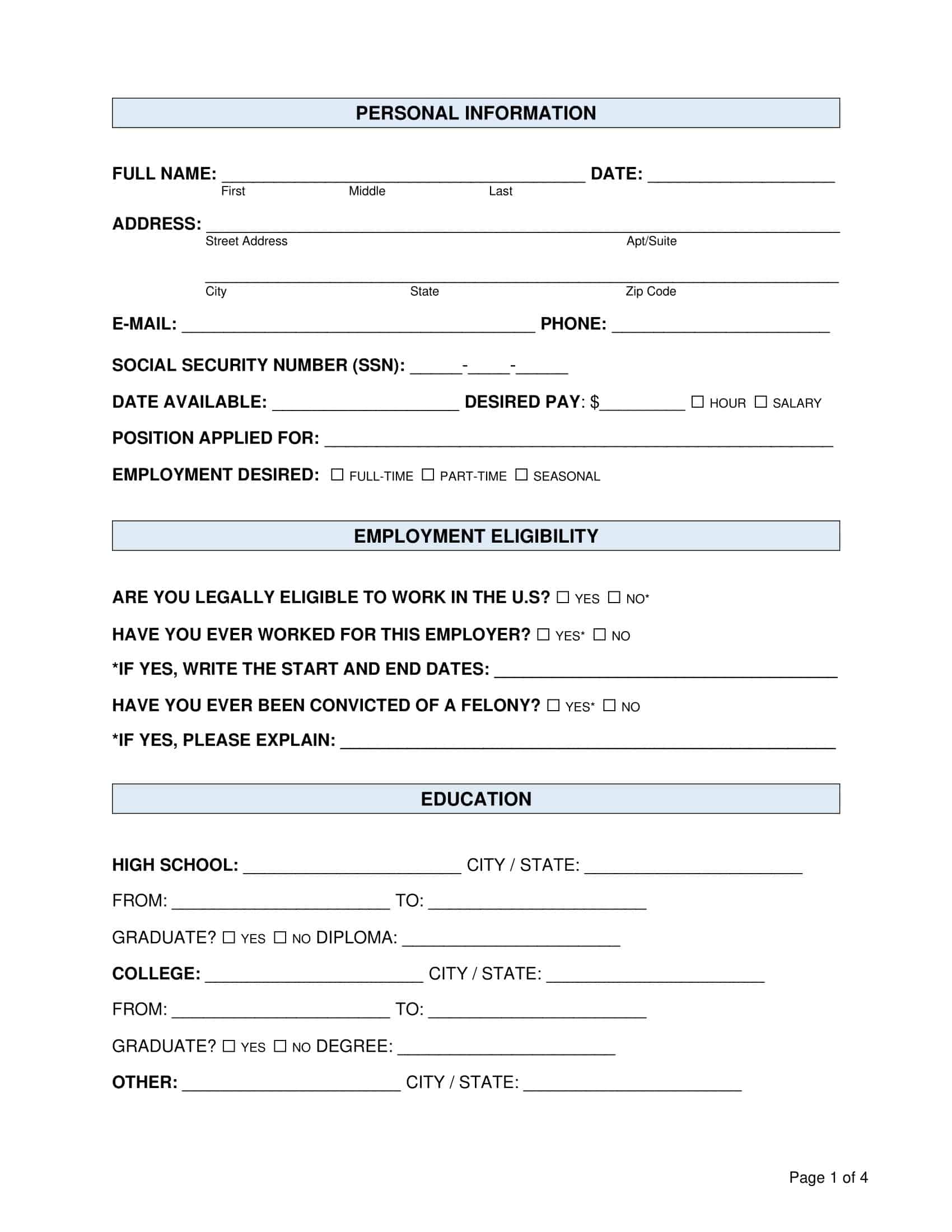

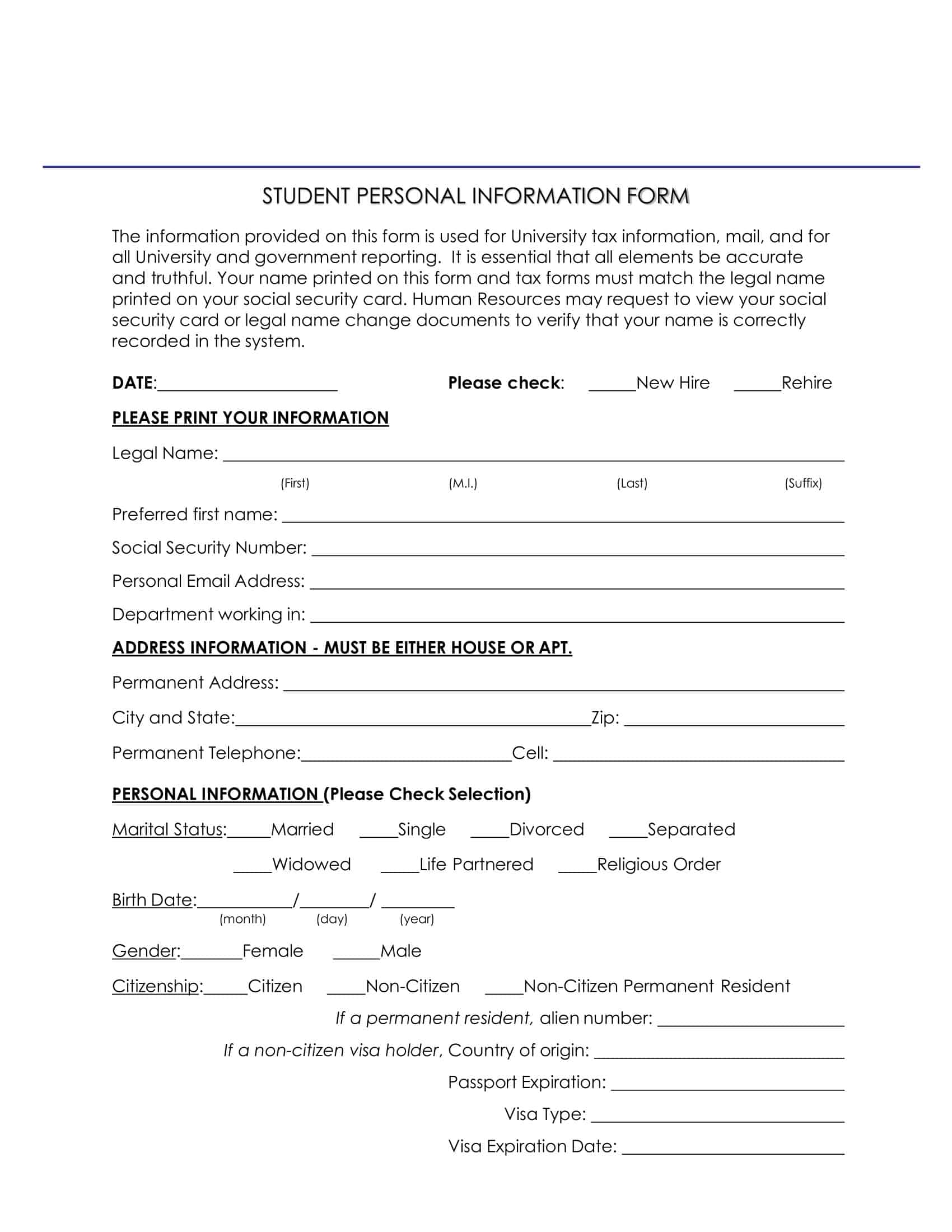

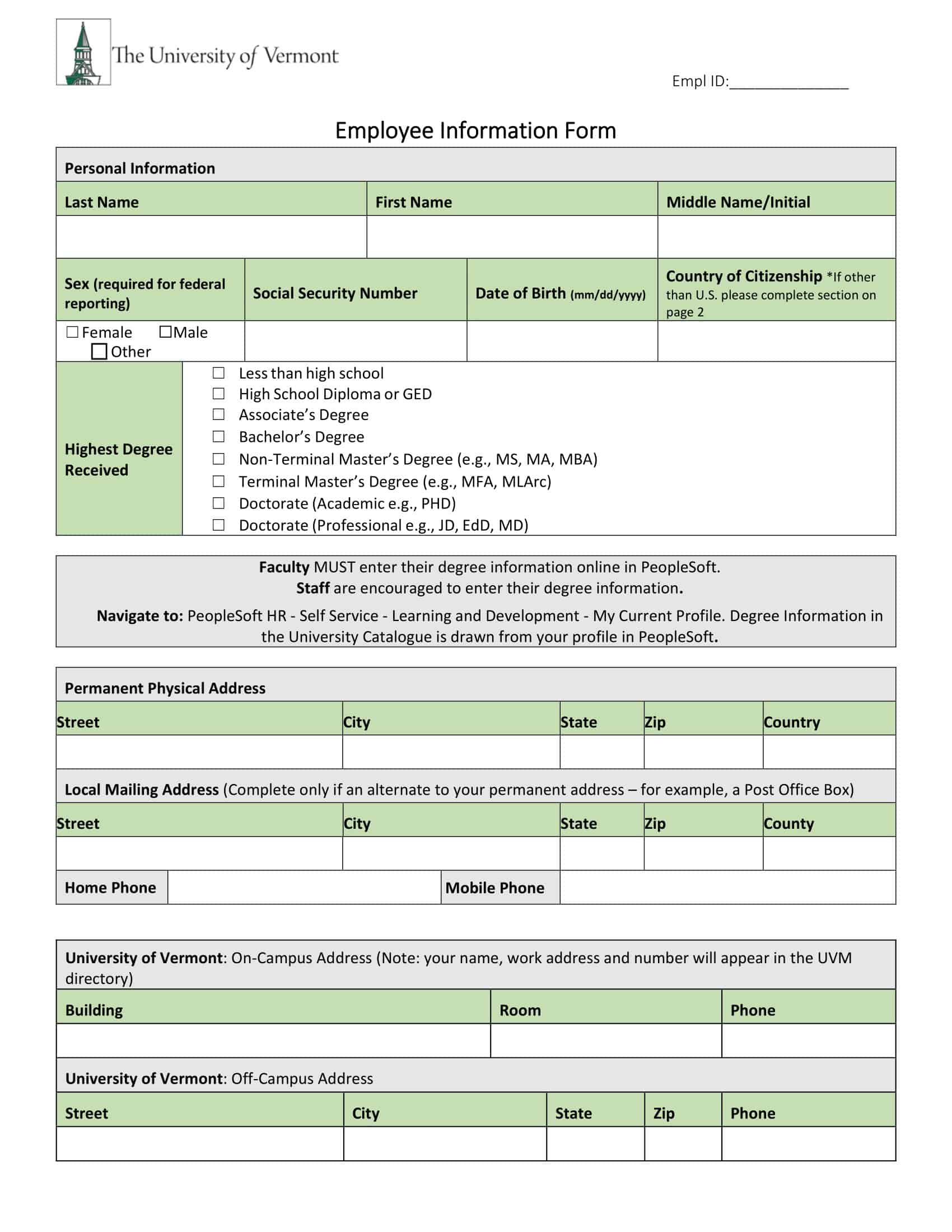

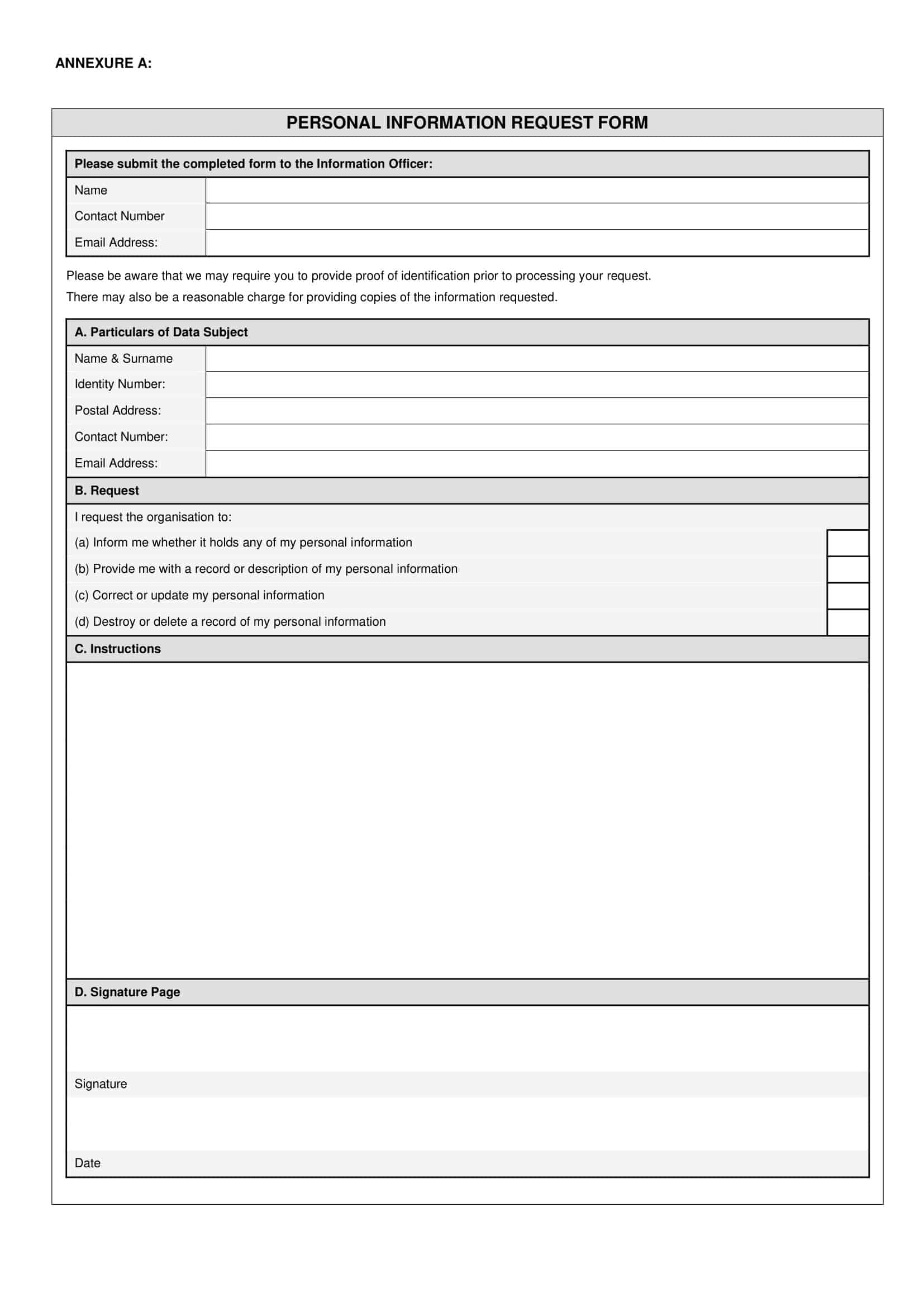


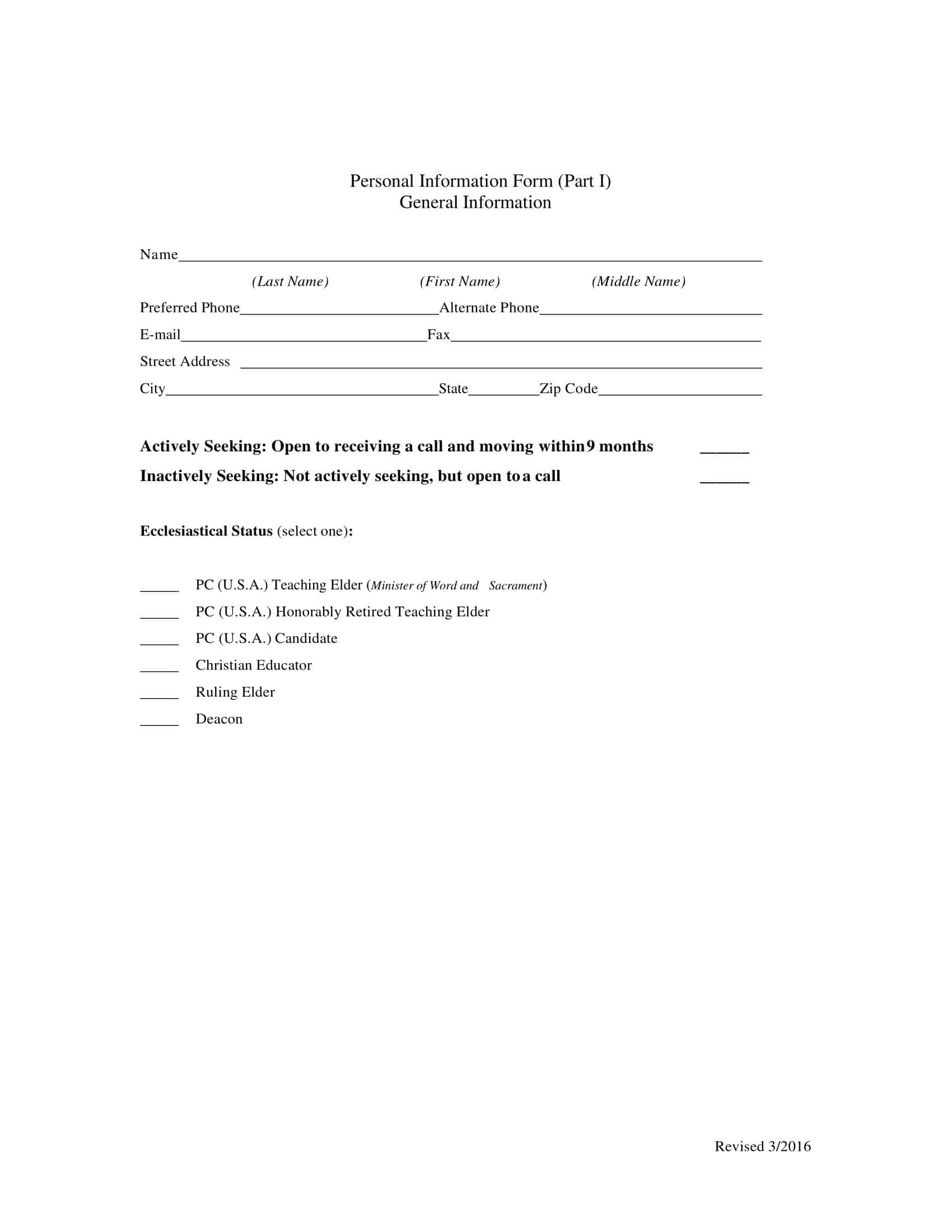



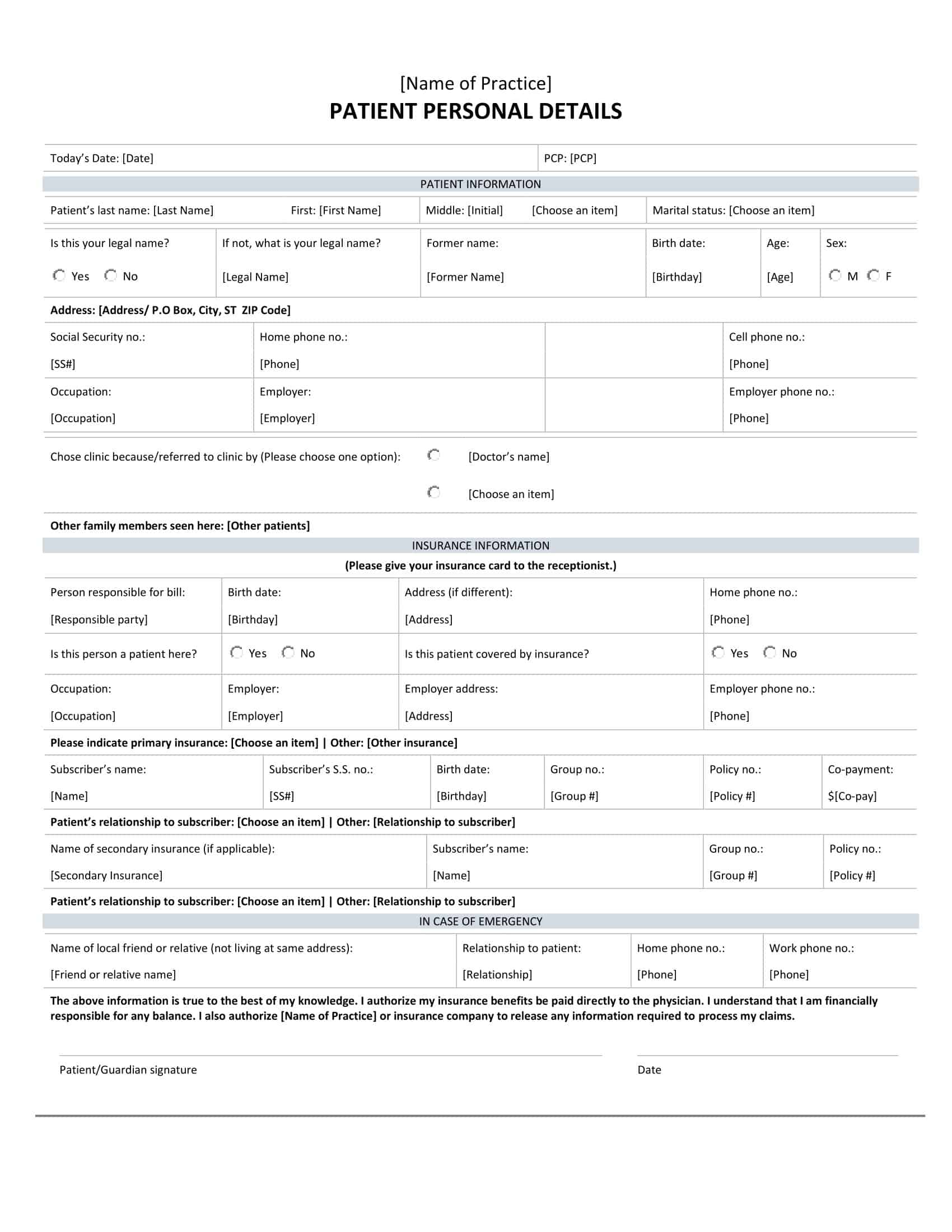


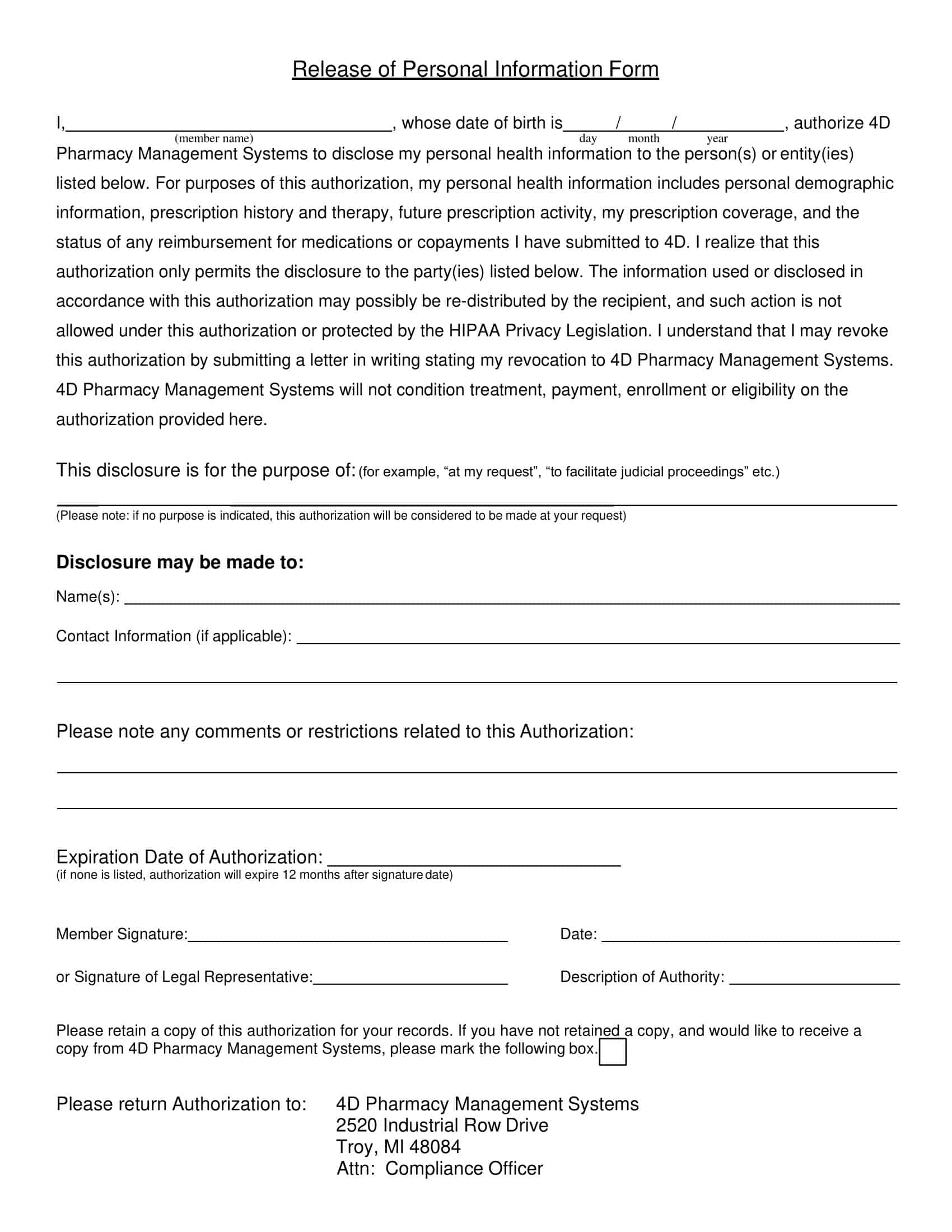
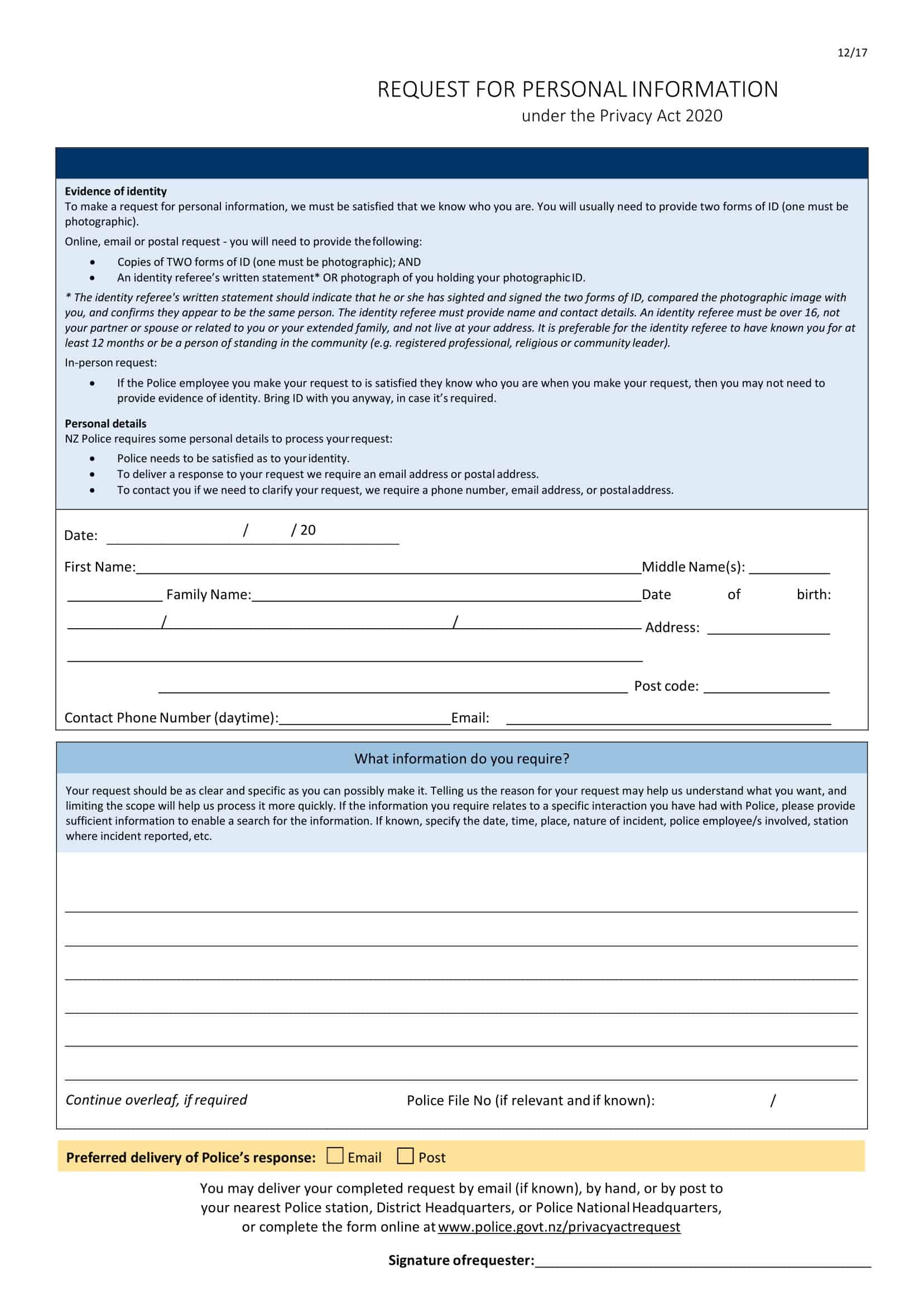


















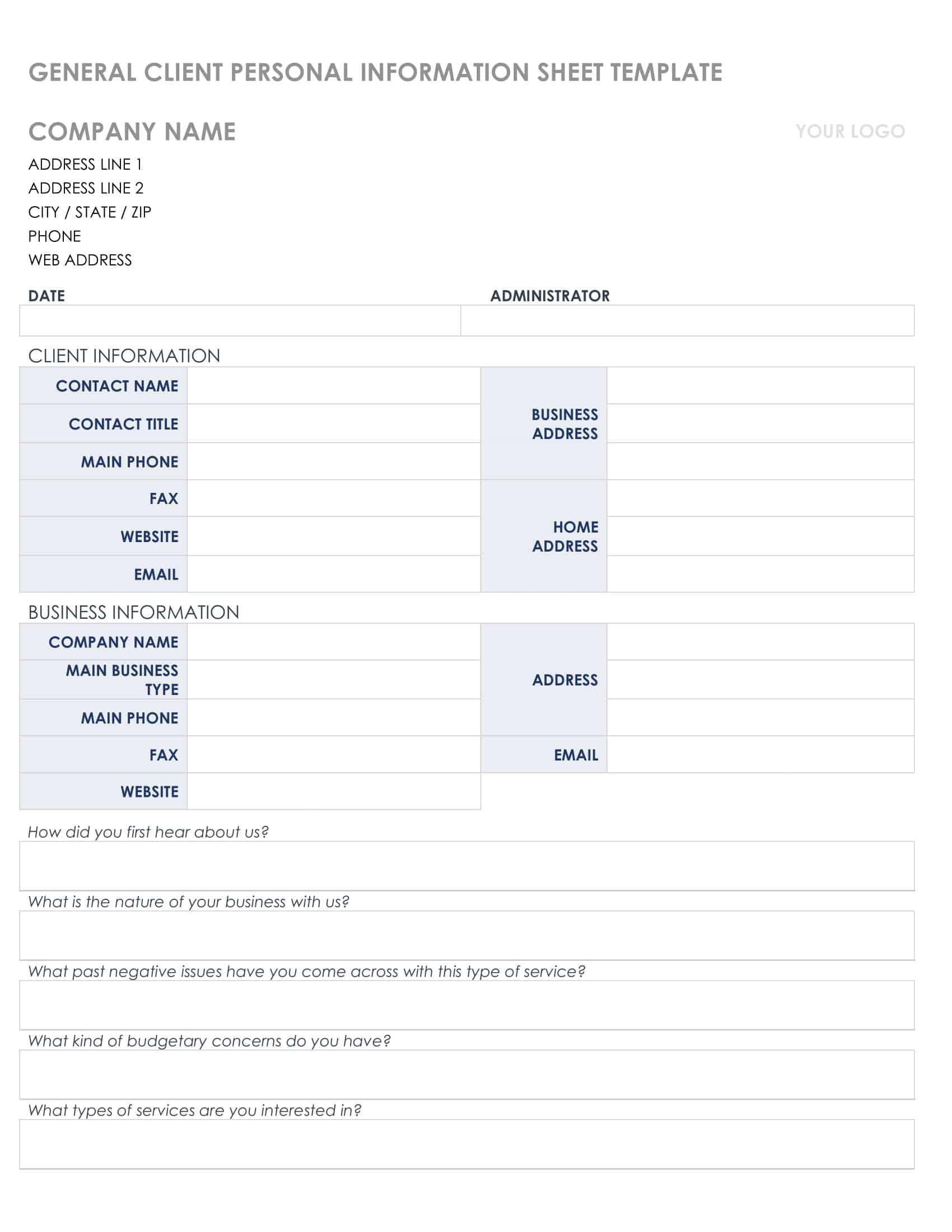










![Free Printable Roommate Agreement Templates [Word, PDF] 1 Roommate Agreement](https://www.typecalendar.com/wp-content/uploads/2023/06/Roommate-Agreement-150x150.jpg)
![Free Printable Credit Card Authorization Form Templates [PDF, Word, Excel] 2 Credit Card Authorization Form](https://www.typecalendar.com/wp-content/uploads/2023/06/Credit-Card-Authorization-Form-150x150.jpg)
![Free Printable Stock Ledger Templates [Excel,PDF, Word] 3 Stock Ledger](https://www.typecalendar.com/wp-content/uploads/2023/08/Stock-Ledger-150x150.jpg)
